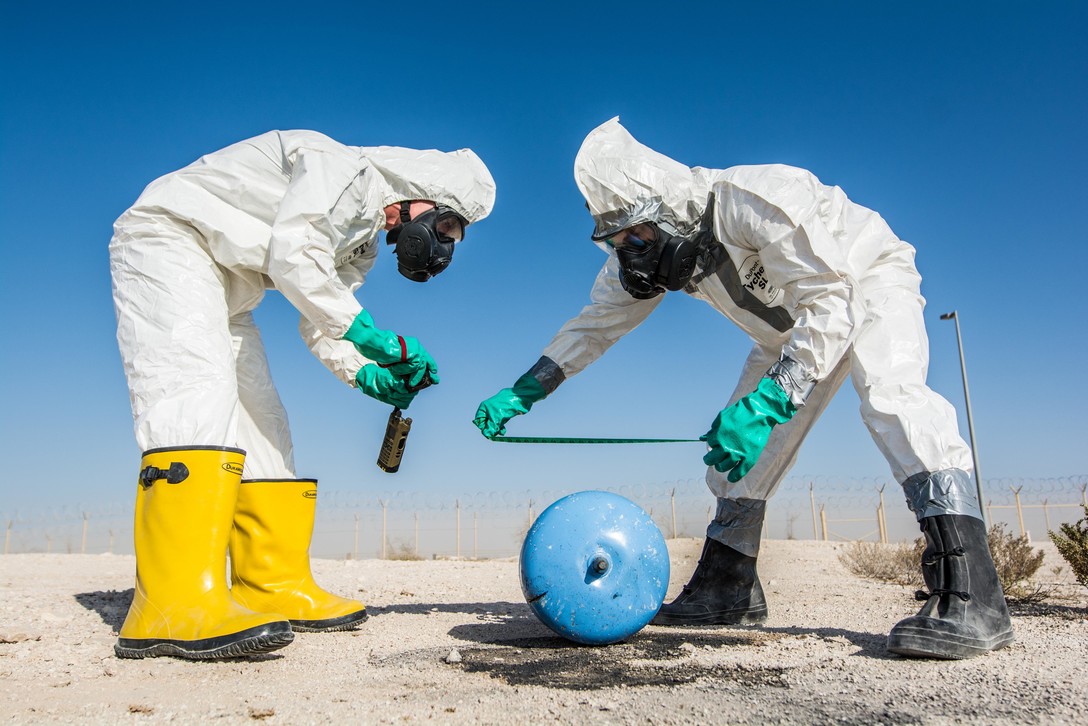This post is also available in:
 עברית (Hebrew)
עברית (Hebrew)
The US DoD is investing in new sensors and networks that would alert authorities to chemical, biological, and explosives threats. Military researchers are turning to sensor data analysts at Battelle Memorial Institute to develop an advanced networked sensor to detect and identify biological weapons of mass destruction.
DARPA, the Defense Advanced Research Projects Agency, has granted an $8.5 million order to Battelle for the second phase of the SIGMA+ project.
SIGMA+ chemical, biological, radiological, nuclear and high-yield explosive (CBRNE) seeks to develop sensitive detectors and advanced intelligence analytics to detect minute traces of various substances related to weapons of mass destruction (WMD).
The SIGMA+ detection networking would be scalable to cover a major metropolitan city and its surrounding region.
The project’s second phase focuses on network development, analytics and integration while the first phase focused on developing sensors.
The original DARPA SIGMA project, begun in 2013, sought to apply Internet of Things (IoT) technologies to potential networks of thousands of low-cost weapons sensors linked throughout U.S. cities by WiFi and cellular phone systems to a cloud-based networking backbone.
The project also sought to develop the networking infrastructure to connect as many as 10,000 of these small radiation-detection sensors, as well as a cloud-computing infrastructure to analyze streaming spectroscopic data automatically from these sensors in real-time.
According to militaryaerospace.com, the sensor network is intended to manage inventory and device status; display device status, sensor output, and location in real-time; query recent historical data; store several years of sensor data; simulate thousands of sensors to replay historical sensor data; carry out security and encryption; and deploy on several commercial cloud infrastructures.

























